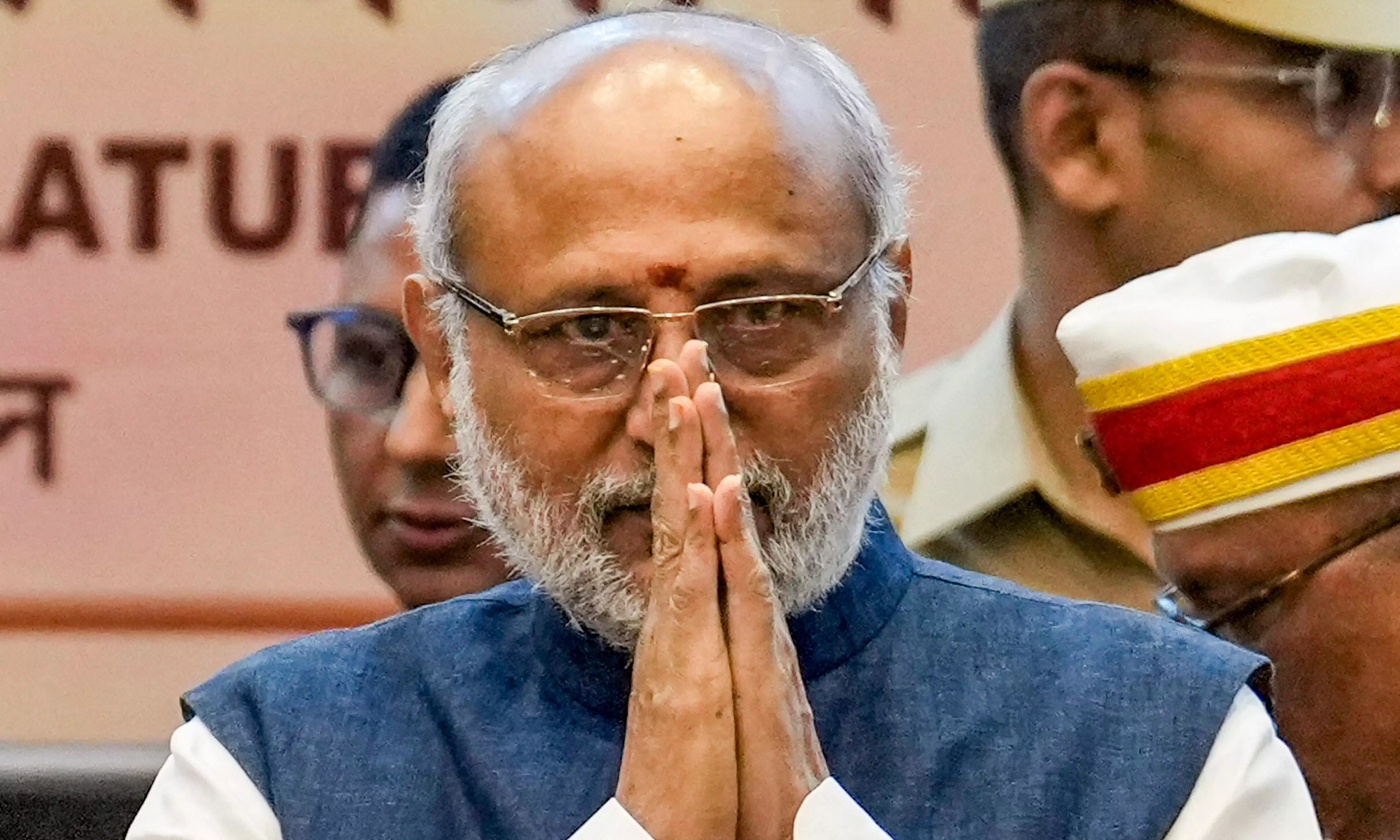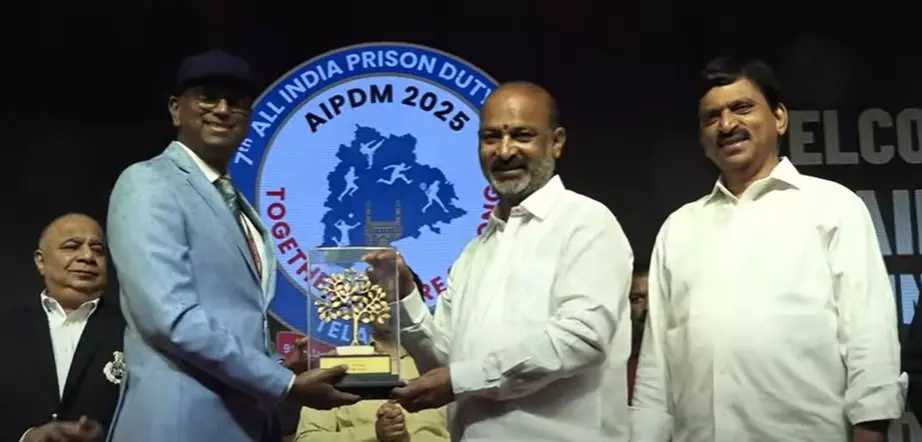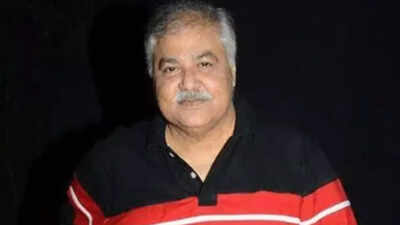
The victory margin of National Democratic Alliance (NDA) candidate C.P. Radhakrishnan in the vice-presidential election and the apparent bolting of the members of Parliament belonging to the Opposition camp are reflective of the politics the two main blocs have been practising for quite some time.
The Opposition INDIA bloc had boasted of standing “completely united” and its performance was “undoubtedly respectable” in the election, but the results disproved the claim. Opposition candidate Justice (Retd) B. Sudershan Reddy scored only 300 votes against the possible 324 votes while the winner C.P. Radhakrishnan bagged 452 votes against NDA’s strength of 439. This shows that Mr Radhakrishnan got 13 extra votes while 15 were rendered invalid.
The election was decided in favour of Mr Radhakrishnan even before the ballots were cast given the numerical strength of the political blocs in Parliament. However, the Opposition talked of MPs casting votes according to their conscience, giving a thin chance for the former Supreme Court judge to score an upset win. On the other hand, the NDA and the BJP left nothing to chance: Prime Minister Narendra Modi was seen talking to the MPs on the eve of the election on the importance of each of the votes to be cast in favour of the NDA candidate.
The BJP has proved that politics is a 24X7 business ever since Mr Modi and his right-hand man Amit Shah have helmed its affairs while the Congress has lived with its perceived right as the natural party of governance, refusing to recognise or even acknowledge the changing dynamics of the country’s politics. It has watched with near suicidal silence the BJP forming governments in states where the grand old party had stood a good chance, starting with Goa after the 2017 Assembly election; the vice-presidential election has been the latest example of this lackadaisical approach. The party may have to do a thorough rejig of its election management process if it dreams of unseating the saffron alliance from power at any point in time.













































